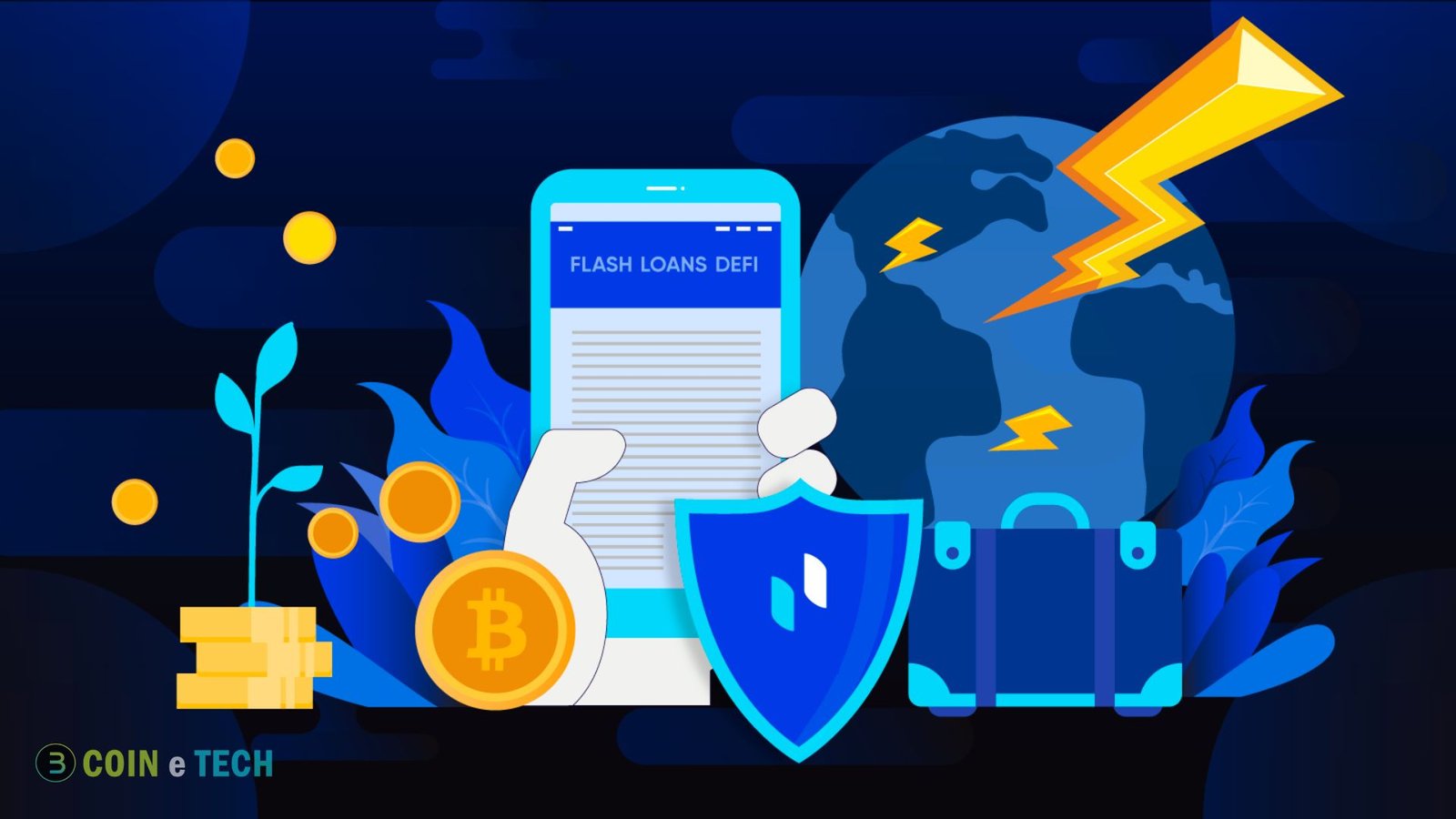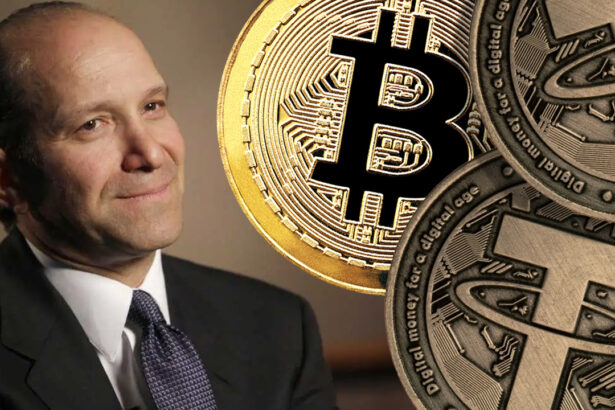One of the most recent and contentious innovations in the rapidly developing decentralized finance (DeFi) field is crypto flash loans. With flash loans, borrowers can borrow significant amounts of Bitcoin with no collateral and pay it back all at once. Flash loans are a double-edged sword in the DeFi ecosystem because of this unique feature, leading to remarkable cash opportunities and considerable concerns.
What Are Crypto Flash Loans?
Uncollateralized loans known as “flash loans” can be quickly and easily processed on blockchain networks like Ethereum. The defining feature of a flash loan is the simultaneous borrowing and repayment of the loan. If the borrower cannot, the whole deal is null and void.
Since all operations within a transaction must be successfully executed for the transaction to be legitimate, this approach is made possible by the atomic structure of blockchain transactions. The lender’s funds are safeguarded since the transaction is stopped if any step fails.
Traders and developers often use flash loans to refinance, swap collateral, or exploit arbitrage opportunities. A trader can take advantage of price disparities between multiple exchanges via a flash loan by purchasing an asset on one exchange and then selling it on another for a profit, allowing them to do it all in one transaction.
The Rise of Flash Loans in DeFi
The DeFi community’s enthusiasm for flash loans has skyrocketed since they first appeared. They provide a robust resource for anyone in need of substantial funding but does not want to put up collateral upfront. Because of this, more people can participate in financial opportunities that were once only available to the wealthy.
Aave and dYdX are only two of the early platforms that enabled consumers to easily access flash loans. In recent years, the total volume of flash loans has grown substantially, with loan amounts reaching billions of dollars.
Flash loans have also greatly influenced the development of DeFi protocols. Their ability to connect with numerous DeFi systems simultaneously makes complex processes, such as yield farming and liquidity provision, easier. Because of this, the DeFi ecosystem is now more efficient and well-connected, allowing consumers to get the most out of it on all their devices.
The Risks and Challenges
Notwithstanding their advantages, flash loans have created new risks and challenges for the DeFi industry. The biggest worry is their vulnerability to exploitation, especially flash loan attacks.
When bad actors manipulate asset prices or take advantage of flaws in DeFi protocols by using a flash loan, they are committing a flash loan attack. Protocols and their users are vulnerable to these attacks, which can erode faith in the DeFi ecosystem.
In February 2020, a flash loan attack caused a loss of around $1 million due to an exploit of the bZx protocol. The perpetrator inflated the token’s price on one exchange via a flash loan and then utilized that inflated price to get an over-collateralized loan on another platform. This event demonstrated the necessity for more robust security measures in DeFi protocols and the possible risks of flash loans.
Flash loans are complicated, which is another problem with them. A thorough familiarity with DeFi protocols, smart contracts, and market dynamics is necessary for the successful execution of flash loan transactions. Due to its inherent complexity, flash loans are sometimes only available to a few users with the necessary technological expertise.
Security Measures and Innovations
Aware of the risks of flash loans, the DeFi community has been complex at work, creating safeguards and new approaches to old problems. One option is to use oracle-based price feeds, which provide DeFi protocols access to more reliable and immutable price data. Protocols that utilize trusted oracles can lessen the likelihood of price manipulation in flash loans.
Another strategy is to make smart contract auditing and testing more efficient. It is crucial to ensure that smart contracts are secure and bug-free because flash loan assaults frequently use these flaws. Before deployment, many DeFi projects are now subject to thorough security audits, and some platforms even provide bug bounties to encourage finding security flaws.
Specific platforms have also instituted flash loan limitations to their abuse potential further. For instance, before a transaction can be executed, specific protocols may demand extra checks or cap the maximum amount of a flash loan. There is a trade-off between security and functionality, as these procedures can decrease the likelihood of flash loan attacks and restrict flash loans’ usefulness and adaptability.
The Future of Flash Loans
Flash loans may play a different role in the future of the DeFi sector. While the market is constantly shifting, flash loans will always be a vital tool for developers and traders looking to optimize their methods. Innovation and efficiency in the DeFi ecosystem will be propelled by the opportunity to access significant sums of capital without collateral.
However, we must constantly enhance our security measures and risk management strategies to counteract the dangers of flash loans. As new systems and protocols emerge, the DeFi community must be extra careful to find and fix any flaws.
In addition, authorities are currently shaping the DeFi regulatory environment, which means that flash loans could face more scrutiny. Demands for stricter regulation of DeFi platforms may arise in response to the severe financial damage that flash loan attacks can inflict.
Conclusion
A game-changer in the DeFi industry, crypto flash loans are both innovative and influential. They provide one-of-a-kind chances for customers to gain access to significant sums of money without collateral, facilitating intricate financial transactions and propelling the DeFi ecosystem forward. Nevertheless, one cannot overlook the dangers of flash loans, especially the possibility of exploitation through flash loan assaults.
Collaboration among developers, consumers, and regulators is essential to guarantee the responsible and secure use of flash loans as the DeFi space develops. The DeFi community can make flash loans safer while still enjoying their benefits; with more innovation and better security measures, they can create a decentralized financial system that is both accessible and secure.






